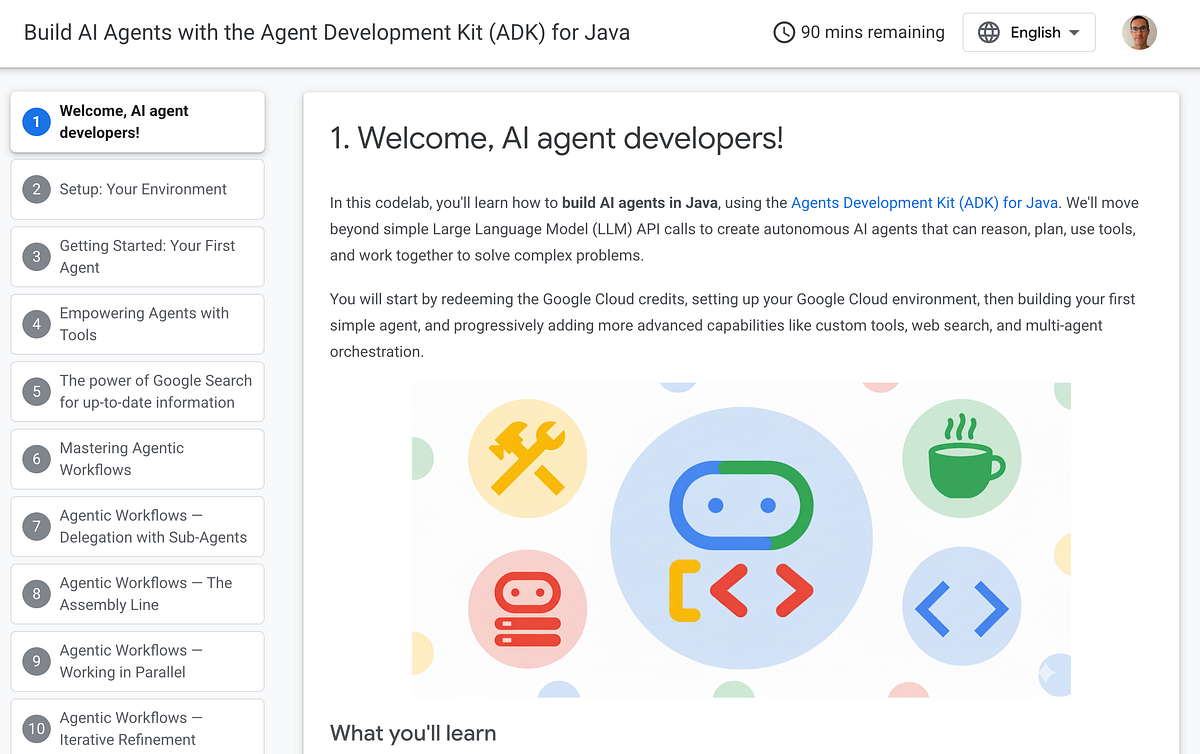
Every development team wants to build robust, secure, and scalable cloud applications, and that often means navigating complexity — especially when it comes to configuration management. Relying on hard-coded configurations and keys is a common practice that can expose sensitive security details. To move faster and stay secure, developers should use a centralized, secure service dedicated to managing application configurations.
Google Cloud’s solution is our Parameter Manager, designed to reduce unnecessarily sharing key cloud configurations, such as API keys, database passwords, and private encryption keys. Parameter Manager works with many types of data formats, including JSON, YAML, and other unformatted data.
It also includes format validation for JSON and YAML types to help eliminate concerns about configuration integrity. Parameter Manager also integrates with Secret Manager, to help ensure confidential data remains secure and separate.
How to use Parameter Manager
To help illustrate how easy and beneficial it can be to use Parameter Manager, we’ll guide you through a practical example: Building a simple weather application you can configure dynamically, including changing between Celsius and Fahrenheit, updating the default city, and managing your API key.
Here’s what we’ll cover:
-
Obtaining a Weather API Key and securely storing it in Secret Manager.
-
Creating a Parameter and Version to reference your API Key and hold other relevant parameters.
-
Building a Simple UI and Backend that interacts with Parameter Manager.
To complete this project, you should have an active Google Cloud project. Here’s the Code Repository for your reference.
1. Obtaining a Weather API Key and storing it securely in Secret Manager
Use any weather API Key here.
Enable the Secret Manager and Parameter Manager APIs from the console. Both have monthly free tiers that should suffice for this walkthrough.
Source Credit: https://cloud.google.com/blog/products/identity-security/a-practical-guide-to-google-clouds-parameter-manager/



